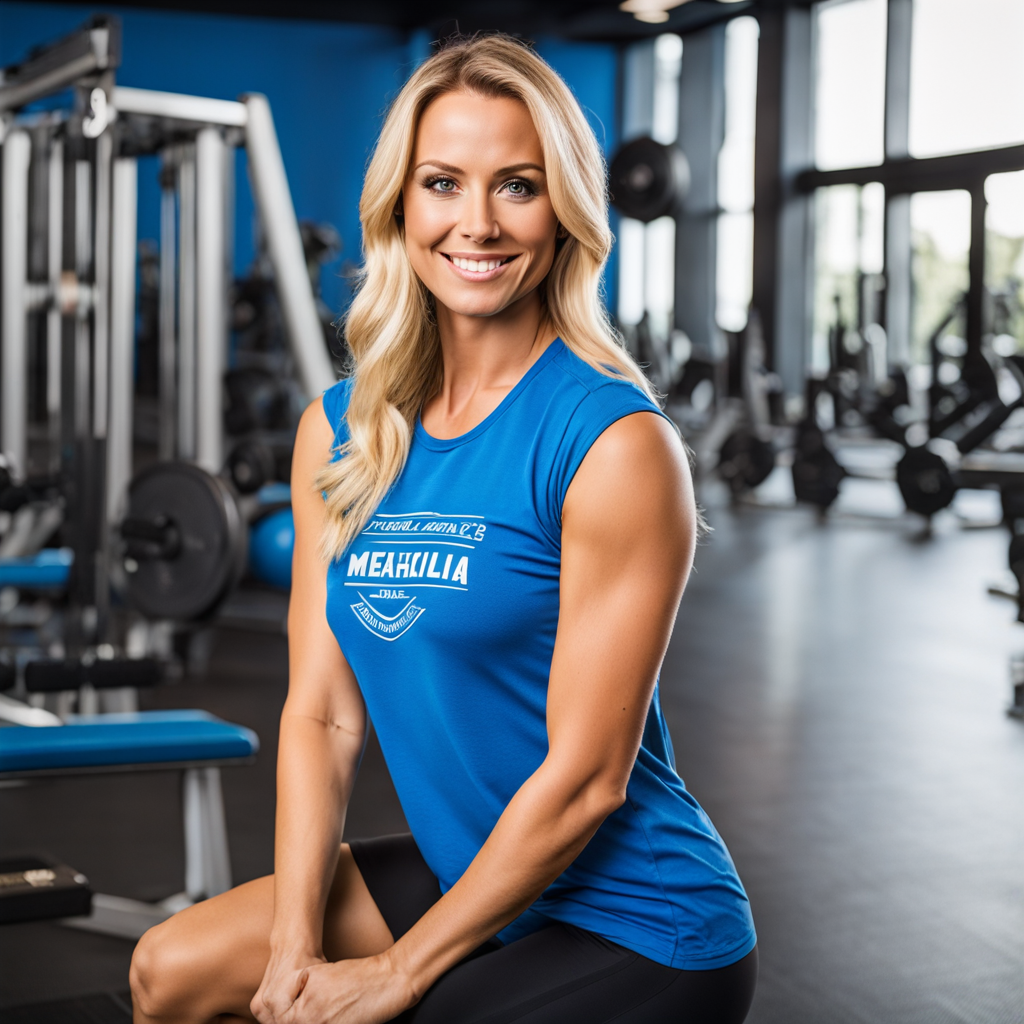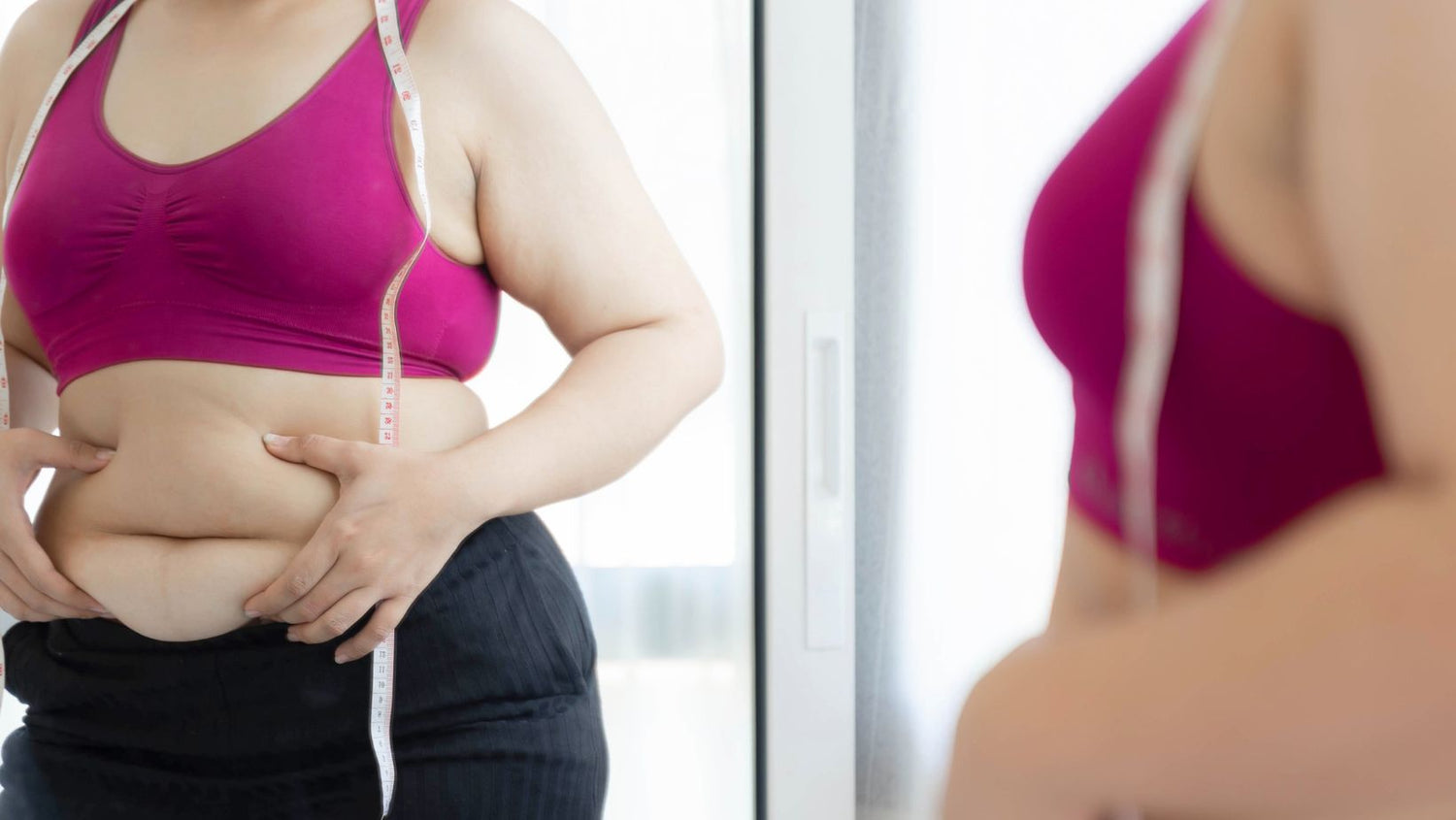Looking to strengthen your legs, core and back in a yet effective way? Consider giving goblet squats a shot. Goblet squats involve holding a weight like a dumbbell or kettlebell, in front of your chest while performing the squat. They are easy to learn, require little equipment and offer numerous fitness and health benefits.
In this article I'll guide you on how to perform goblet squats, highlight the muscles they target and explain why incorporating them into your routine is beneficial.
How to Do Goblet Squats
To perform a goblet squat, you’ll need a weight that you can comfortably hold in front of your chest. You can use a dumbbell, a kettlebell, or any other object that has some heft to it. Here are the steps to follow:
- Start with your feet slightly wider than shoulder-width apart and your toes pointed out.
- Grip the weight by the sides or handles with both hands at chest height. Keeping elbows tight to body and shoulders down.
- Brace your core and look straight ahead. This will help you keep your back neutral and your chest up throughout the movement.
- Inhale and lower your hips and bend your knees like a chair. Keep the weight close to your body and avoid falling or moving forward.
- Go as low as possible without losing balance or form. Your hips should be below parallel to your knees or close. Keep your knees aligned with your toes and don't cave in.
- Pause for a moment at the bottom of the squat, then exhale and push through your heels to stand back up. Squeeze your glutes at the top of the movement and don’t lock out your knees.
- Repeat for the desired number of reps.
Muscles Worked by Goblet Squats
Goblet squats are a great full-body exercise that works multiple muscle groups at once. Here are some of the main muscles that goblet squats target:
Quadriceps
These muscles located at the front of your thighs assist in straightening your knees. They play a role in the goblet squat exercise and bear the majority of the weight.
Glutes
These muscles located at the back of your hips play a role, in hip extension. They also contribute to stabilizing your pelvis and spine while performing squats.
Hamstrings
These muscles located at the back of your thighs assist in bending your knees and stretching your hips. They collaborate with the glutes to provide the strength, for lifting up from a squatting position.
Calves
These are the muscles on the back of your lower legs that help you plantarflex your ankles (pointing your toes). They assist in pushing off the ground and maintaining balance during the squat.
Core
Your trunk and spine are supported by these muscles. They include the six-pack, obliques, transverse, and erector spinae. They fight to keep you upright and prevent squatting collapse.
Upper back
Your upper spine and shoulder blades have these muscles. The trapezius, rhomboids, and latissimus dorsi are included. They hold the weight in front of your chest and keep your shoulders down throughout the squat.
Arms
These muscles connect your upper limbs to your torso. They include the biceps, triceps, and forearms.
Benefits of Goblet Squats
Goblet squats are not only a great way to work your muscles, but also to improve your overall fitness and health. Here are some of the benefits of goblet squats:
Improve your squat form
Goblet squats serve as an exercise, for mastering and honing the correct squat technique. By holding the weight in front of your chest you can maintain a torso position preventing any inclination to lean forward or round your back. Consequently this practice alleviates pressure on your back and spine while contributing to improved posture. Furthermore goblet squats facilitate a range of motion by enhancing hip and ankle flexibility. As a result you can achieve squats thereby enhancing both mobility and flexibility while minimizing the risk of potential injuries.
Strengthen your core
Goblet squats are a great core exercise that challenges your abdominal and lower back muscles. The weight in front of your chest creates an offset load that forces your core to work harder to stabilize your body and resist rotation. This builds core strength and endurance and enhances your balance and stability.
Burn calories and fat
Goblet squats are an exercise that boosts your heart rate and metabolism resulting in increased calorie and fat burning both during and after your workout. Additionally they contribute to the development of muscle mass, which in turn raises your resting metabolic rate and facilitates calorie burning throughout the entire day.
Boost your performance
Goblet squats are a type of exercise that imitates the movements we do in our lives like sitting, getting up, picking up objects or carrying them. They are beneficial for enhancing your strength, power, speed, agility and coordination. By incorporating goblet squats into your routine you can see improvements in areas of your life such as sports performance, work productivity and everyday activities.
Variations of Goblet Squats
Goblet squats are a versatile exercise that can be modified or progressed to suit different levels of fitness and goals. Here are some variations of goblet squats that you can try:
Goblet squat with pulse
To increase the intensity and time under tension of the goblet squat, you can add a pulse at the bottom of the movement. Instead of standing up right away, do a small bounce up and down before pushing up to the top position. This will make your muscles work harder and burn more calories.
Goblet squat with press
To incorporate body movements into the goblet squat one option is to lift the weight when reaching the top of the movement. This will activate your shoulder, tricep and upper muscles to an extent and also enhance the cardiovascular intensity of the exercise.
Goblet squat with rotation
To further enhance your core stability and mobility you can incorporate an element into the exercise. As you lower yourself into a squat, gently rotate your body to one side while crossing the weight across your torso. Then return to the starting position. Stand up. Repeat this movement on the side. By doing you'll engage your obliques effectively and enhance both rotational strength and flexibility.
Goblet split squat
To focus on improving your balance and targeting each leg individually you can try performing a goblet split squat of a goblet squat. Here's how; Begin by positioning one foot in front of you and the other foot behind you creating a stance. Hold the weight in front of your chest as usual then lower yourself until both knees are bent, at a 90 degree angle. Finally push yourself back up to the starting position. Repeat this exercise with the leg.
Conclusion
Goblet squats are a basic but effective exercise for leg strength, squat form, core stability, and fitness. They are simple to learn, need little equipment, and have many variations for different levels and aims.
Goblet squats can spice up leg day and improve squat performance. You might be shocked by how much they challenge and grow you.
A weight in front of your chest is all you need to start goblet squats. Perform the exercise with perfect technique and aim for 3 sets of 8–15 reps, depending on your weight and fitness level. Try some of the above alternatives to make the exercise more entertaining.
Warm up and cool down before and after goblet squats. Pay attention to your body and modify weight and intensity. Take breaks between workouts and eat appropriately to feed your muscles.






